Imigongo is a traditional way of creating paintings using cow dung. Yes, you read correctly! I was surprised too!
Rwandans saw potential in cow dung beyond our use as a fertilizer. They started using it as part of the mix that would make their homes walls and floors. From here a prince in the 1800’s decided he wanted to do a little more in his royal home… so he decided to decorate his walls.
This Prince’s name was Kakira (he was the son of Kimenyi the King of Gisaka). He was looking to make his home more embellished for a more pleasant living experience. He called the art “Imigongo.” Even though it was a prince who apparently had the first idea, he then taught local women. The women developed it and they passed it on through the generations.
Here are some homes with Imigongo:



After the genocide in 1994, the artform almost died completely. However, it saw a revival in the 2000’s fueled by both a renewed interest in Rwandan crafts and the “made in Rwanda” campaign. As Rwandan fashion embraced its identity, Imigongo designs became a popular motif.
However, a women’s cooperative on the road to Rusumo in the Eastern Province near Kirehe has rescued and revived this uniquely Rwandan art form. Traditionally geometric designs are produced but as the women artists have grown in confidence they have begun to experiment with more modern, innovative images that convey the spirit of the Rwandan landscape, its flora and fauna and its people.
One place that has helped to keep this tradition alive is the Imigongo Art Center in the Kayonza District that opened in 2018. It employs young people to create this art form that then is sold there.
These are some photos from their Facebook page. They also have a cafe.



These photos are from a online news article: HERE. It shows some of the young people at work. So how is it made?


Basically you mix cow dung with ashes.
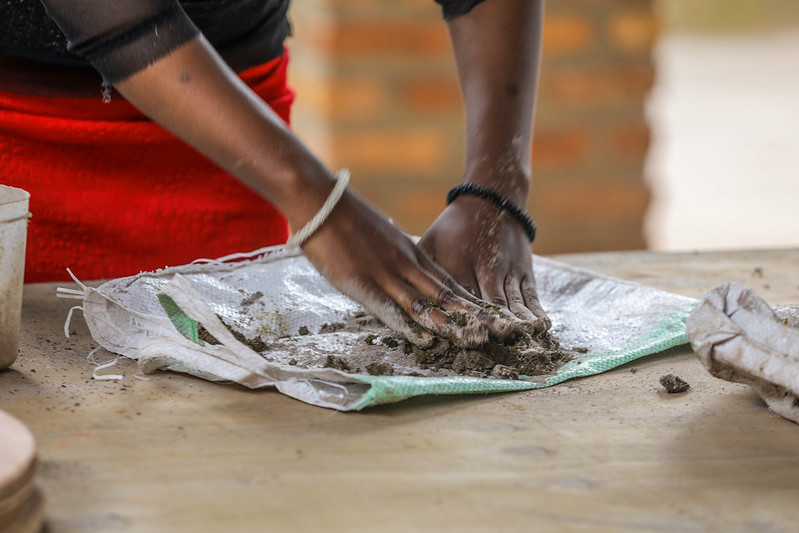
Then you spread it out on plywood.

The natural way to make the designs colorful was to use kaolin for white, charcoal for black and soil for red, but now they also use paint at the center.

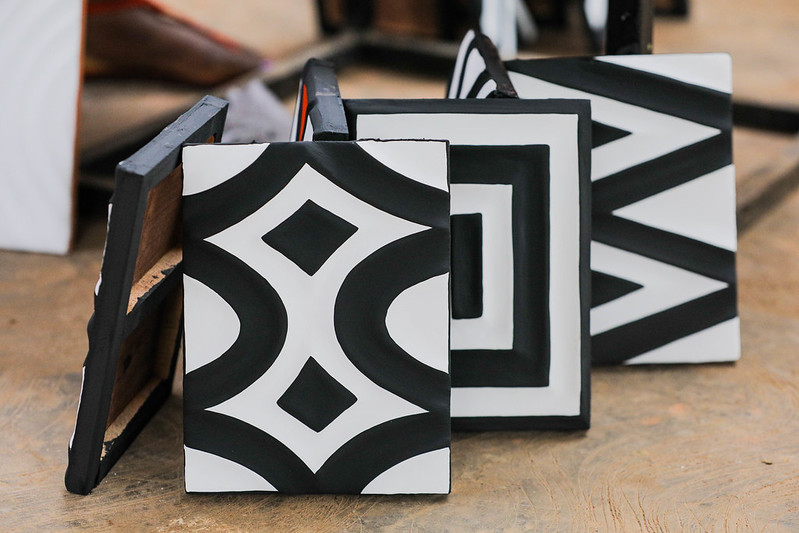
They have also modernized the mix they use for some pieces, mixing glue and stick wood. These are two great videos showcasing how they make it and how it has enriched their lives.
You immediately notice that what makes them so special is the beautiful designs made using geometric shapes. These black, white, red designs have become a trademark of Rwanda and known worldwide as one of the traditional geometric African patterns.
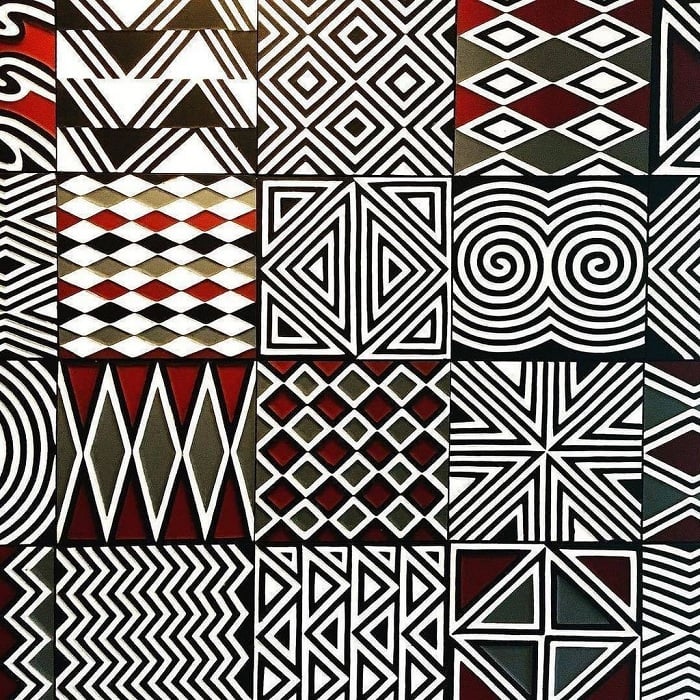
Today, this art form has transcended traditional decor. Fashion designers incorporate imigongo patterns into high-end clothing, while everyday items offer affordable ways to embrace the style. Businesses and institutions, like the Kigali International Financial Centre, also proudly display imigongo and geometric designs in their logos and branding.
These are some of the traditional designs:

Here you can see how Bull Doff, a fashion designer and artist from Senegal fuses Imigongo designs into a collection:
And also, this beautiful luxury hotel in the mist of the Nyungwe Forest in Rwanda, called “One and Only Nyungwe Hotel” uses Imigongo in its stunning interior design…



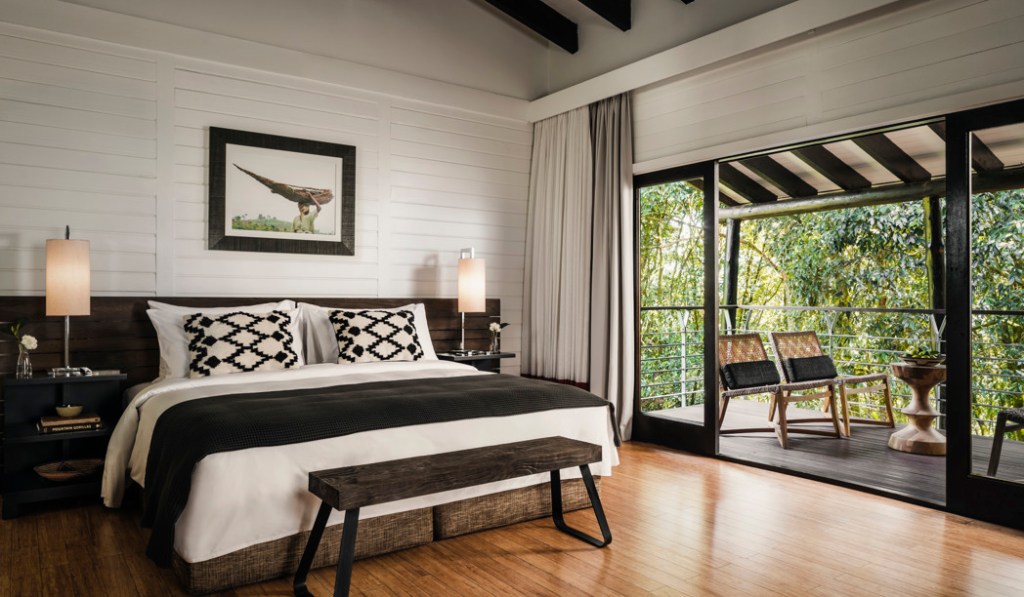
,,, and location…


Ready to go there? Let’s go!!!
Wasn’t it wonderful? ^ ^
In my next post I will attempt to create some Imigongo! Stay tuned and thank you for coming along!
Sources:
Article from the New Times. com
Article from Afar. com
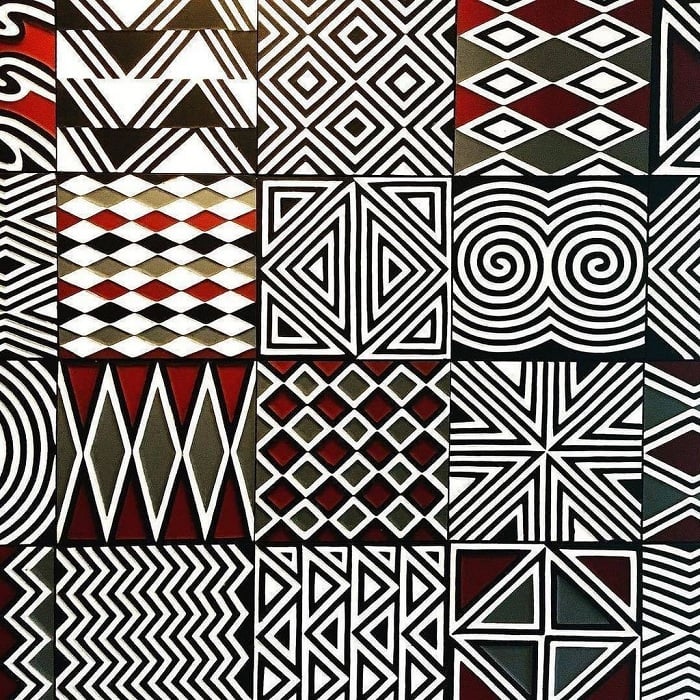
Felicitaciones por este precioso artículo sobre la técnica de pintura de Rwanda, llamada Imigongo. Muy completo. Nos confirma como una comunidad puede desarrollarse usando los materiales que la naturaleza les brinda y su creatividad a través del arte y la artesanía .
LikeLike